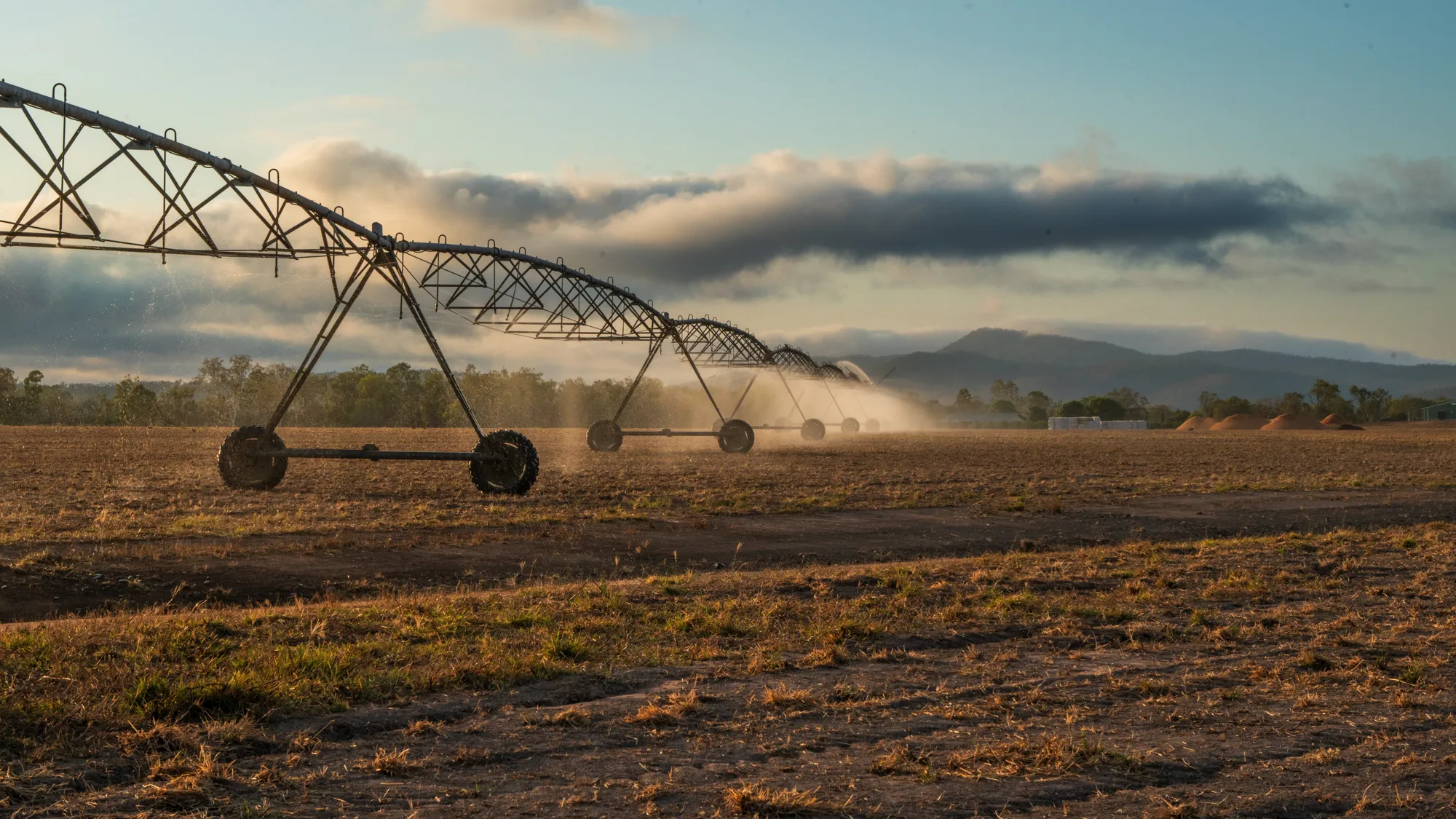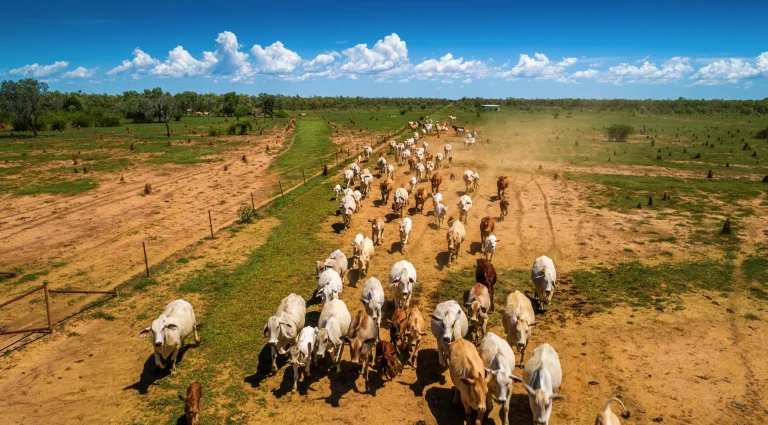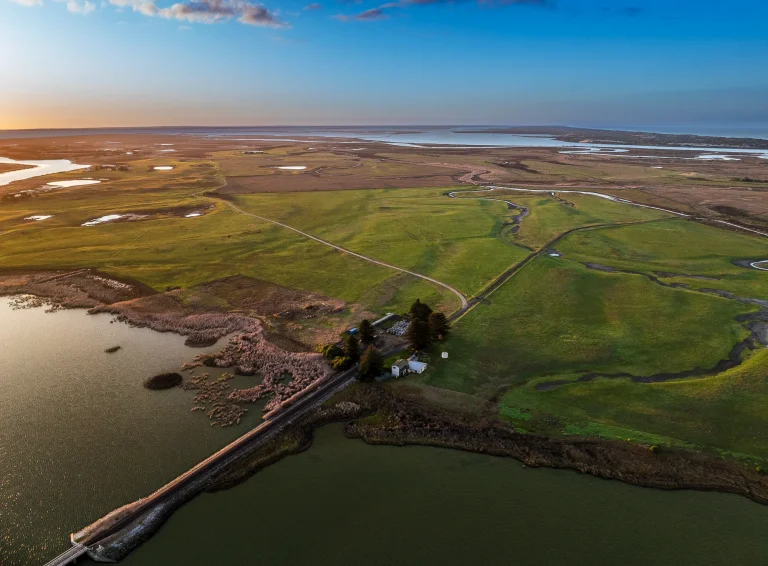Comprehensive Market Analysis of Australia’s Irrigation-Based Agriculture Property Trends
Australia’s irrigation-based agriculture property market has emerged as one of the most dynamic and resilient sectors within the nation’s rural real estate landscape. The market analysis of Australia’s irrigation-based agriculture property trends reveals sophisticated investment patterns, technological transformation, and increasing institutional interest that distinguish irrigated agricultural land from traditional dryland farming properties across the continent.
Water security has fundamentally reshaped agricultural property valuations, creating distinct market segments where irrigation infrastructure and water entitlements drive premium pricing and investor demand. From intensive horticultural operations in Victoria’s Goulburn Valley to extensive cotton fields across Queensland’s Darling Downs, irrigation-dependent properties demonstrate different market characteristics compared to rainfall-dependent agricultural enterprises.
Contemporary agricultural property markets reflect global food security concerns, climate adaptation strategies, and technological advancement that favor operations with reliable water access and modern infrastructure. At Agribusiness Horizons, we continuously monitor the market analysis of Australia’s irrigation-based agriculture property trends, providing clients with strategic insights that inform investment decisions and property positioning strategies across diverse irrigation regions.
This comprehensive examination will guide you through current market dynamics, regional performance variations, investment flow patterns, and emerging trends that shape irrigation property values and determine future market direction across Australia’s premier agricultural regions.
Australia’s Irrigation Property Market Structure and Characteristics
The Australian irrigation-based agriculture property market encompasses diverse production systems and regional characteristics that create distinct investment profiles and market behaviors. Understanding these structural elements provides essential foundation for effective market analysis and investment strategy development.
Regional specialization has created market clusters around major irrigation schemes and water resource systems. The Murray-Darling Basin supports extensive irrigation developments across multiple states, creating interconnected property markets influenced by water allocation policies and infrastructure capacity.
Property classification systems distinguish between different irrigation types and production intensities that affect market positioning and valuation approaches. Permanent plantings like almonds, citrus, and wine grapes create different market dynamics compared to annual crop irrigation systems that offer greater operational flexibility.
Infrastructure quality and modernization levels significantly influence market segmentation, with properties featuring advanced irrigation technology commanding premium valuations over those requiring substantial infrastructure investment or modernization.
Water entitlement security creates primary market differentiation, as properties with high-security allocations demonstrate different price stability and investor appeal compared to those dependent on seasonal announcements or lower-security entitlements.
Market liquidity varies substantially between different irrigation regions and property types, with some sectors demonstrating active trading and price discovery while others experience infrequent transactions and limited comparable sales data.
International investment influence has grown substantially in recent years, with offshore capital seeking exposure to Australian agriculture through irrigation property acquisitions that provide operational security and stable returns.
Regional Market Performance and Investment Patterns
Regional variations in irrigation property market performance reflect diverse climatic conditions, infrastructure quality, crop suitability, and investor preferences that create distinct market characteristics across Australia’s major agricultural zones.
Victoria’s irrigation districts demonstrate consistent market strength driven by diversified cropping opportunities, established infrastructure, and proximity to major population centers and export facilities. The state’s sophisticated water trading systems provide additional market liquidity and investment flexibility.
New South Wales irrigation markets reflect substantial diversity from intensive horticultural areas near metropolitan centers to extensive broadacre irrigation systems in western regions. Competition from urban development and alternative land uses influences property values in some coastal irrigation areas.
Queensland’s subtropical irrigation regions attract investment interest through year-round production potential and diverse crop opportunities, though regulatory complexity and environmental requirements create additional market considerations for certain property types.
South Australia’s premium irrigation areas command strong market interest despite water cost challenges, with established permanent plantings and processing infrastructure supporting stable market demand and property values.
Western Australia’s expanding irrigation developments attract investment capital through emerging crop opportunities and infrastructure development, though market maturity and comparable sales data remain limited compared to eastern states.
Tasmania’s irrigation expansion represents emerging market opportunities supported by reliable water resources and growing agricultural diversification, attracting investors seeking exposure to climate-advantaged production systems.
Investment Flow Analysis and Capital Market Trends
Capital allocation patterns within irrigation property markets reveal sophisticated investor strategies and evolving market preferences that influence property values and transaction volumes across different agricultural sectors and regions.
Institutional investment participation has increased substantially, with superannuation funds, managed investment schemes, and international agricultural funds acquiring substantial irrigation property portfolios that provide stable returns and inflation protection.
Family office capital demonstrates strong preference for irrigation properties that combine investment returns with operational involvement opportunities, often targeting properties suitable for multiple generations of family participation and management.
Foreign investment flows vary significantly by source country and investment structure, with Asian capital showing particular interest in permanent crop irrigation properties that align with food security strategies and supply chain integration objectives.
Private equity and agricultural funds target irrigation properties offering operational improvement opportunities, value-added processing potential, or strategic market positioning that support superior investment returns through active management approaches.
Debt financing availability and terms reflect lender confidence in irrigation property performance and water security, with specialized agricultural lenders offering competitive terms for well-secured irrigation operations with established cash flows.
Market analysis of Australia’s irrigation-based agriculture property trends demonstrates increasing sophistication in investment structures, risk management approaches, and return optimization strategies employed by different investor categories.
Technology Impact and Infrastructure Investment Trends
Technological advancement and infrastructure modernization represent major drivers of irrigation property market differentiation, with sophisticated systems commanding premium valuations and enhanced investor interest across multiple agricultural sectors.
Precision irrigation technology adoption creates market advantages for properties with advanced water management systems that optimize application efficiency and reduce operational costs while supporting higher productivity levels.
Automation and remote monitoring capabilities enable more efficient property management and appeal to investors seeking reduced labor requirements and improved operational oversight capabilities.
Energy efficiency improvements through solar power integration and efficient pumping systems reduce operational costs while supporting sustainability objectives that attract environmentally focused investment capital.
Data analytics and decision support systems provide competitive advantages for irrigation operations that can optimize water use, input applications, and harvest timing based on real-time monitoring and predictive modeling capabilities.
Storage and water recycling infrastructure investments enhance operational flexibility and security while reducing dependence on external water sources during drought periods or allocation restrictions.
Research and development participation in variety trials, irrigation technique development, and precision agriculture systems provides market advantages for progressive operations that adopt emerging technologies before widespread commercial implementation.
Water Rights Market Integration and Regulatory Influences
Water market dynamics and regulatory frameworks create fundamental influences on irrigation property values and investment attractiveness that distinguish these markets from traditional agricultural property segments.
Water trading system evolution provides enhanced liquidity and price discovery mechanisms that support more sophisticated valuation approaches and investment strategies for irrigation properties with transferable entitlements.
Regulatory compliance requirements related to water use efficiency, environmental protection, and sustainable extraction create ongoing obligations that affect operational costs and market positioning for different irrigation property types.
Environmental water allocations and flow requirements influence available water supplies and allocation reliability, affecting property values and investment risk assessment across different catchment areas and irrigation systems.
Interstate water sharing arrangements and allocation policies create market interdependencies that affect property values and investment strategies across state boundaries within interconnected water systems.
Climate adaptation policies and infrastructure investment programs influence long-term market outlook and regional competitiveness for different irrigation areas and production systems.
Water security planning and drought management strategies affect property resilience and market stability during challenging climatic periods, influencing investor confidence and property valuation approaches.
Market Segmentation and Specialized Property Categories
Distinct market segments within irrigation property markets reflect diverse production systems, investment characteristics, and operational requirements that appeal to different investor categories and strategic objectives.
Permanent crop irrigation properties demonstrate different market behaviors compared to annual crop systems, with established plantings creating substantial sunk costs and long-term production commitments that affect investment strategies and risk profiles.
Intensive horticultural operations near major population centers often command premium valuations due to proximity advantages, specialized infrastructure, and high-value production potential that supports superior investment returns.
Broadacre irrigation systems appeal to investors seeking exposure to commodity markets through large-scale operations that provide diversification benefits and economies of scale advantages.
Organic and sustainable production systems create specialized market segments that access premium pricing opportunities while requiring certification compliance and specialized management approaches.
Value-added processing integration opportunities attract investors seeking vertical integration benefits and enhanced profit margins through on-farm processing and direct marketing capabilities.
Research and demonstration properties provide unique investment opportunities for organizations seeking to showcase innovative practices while generating commercial returns from agricultural operations.
Comparative Analysis of Irrigation Property Market Segments
| Property Segment | Market Liquidity | Investment Returns | Capital Requirements | Management Intensity |
|---|---|---|---|---|
| Permanent Crops | Moderate | High | Very High | High |
| Annual Irrigation | High | Moderate | Moderate | Moderate |
| Intensive Horticulture | Low | Very High | Very High | Very High |
| Broadacre Systems | Moderate | Moderate | High | Low |
| Organic Operations | Low | High | High | Very High |
This analysis demonstrates how different irrigation property segments create varying investment profiles and market characteristics. The market analysis of Australia’s irrigation-based agriculture property trends shows permanent crops typically offering higher returns but requiring substantial capital investment and specialized management expertise.
Annual irrigation systems provide greater market liquidity and operational flexibility, while intensive horticultural operations offer superior return potential but demand extensive capital commitment and management involvement.
Agribusiness Horizons’ Irrigation Property Market Intelligence Services
Our specialized approach to irrigation property market analysis combines comprehensive data collection, regional expertise, and transaction experience to provide clients with strategic market intelligence that informs investment decisions and property positioning strategies.
Market monitoring services track transaction volumes, pricing trends, and investment flows across different irrigation regions and property types, providing regular updates on market conditions and emerging opportunities that affect investment timing and strategy development.
Property valuation and market positioning analysis helps clients understand how their irrigation properties compare to market benchmarks and identify opportunities for value enhancement through infrastructure improvement or operational optimization.
Investment opportunity identification leverages our extensive network and market knowledge to alert clients to potential acquisitions that match their investment criteria and strategic objectives before properties reach broader market exposure.
Due diligence coordination for irrigation property transactions addresses the specialized technical, legal, and operational considerations that distinguish these properties from traditional agricultural investments.
Strategic advisory services help clients optimize their irrigation property portfolios through acquisition strategies, disposition timing, and operational improvements that enhance both current returns and long-term capital appreciation.
Our ongoing market analysis of Australia’s irrigation-based agriculture property trends enables clients to anticipate market shifts, identify emerging opportunities, and position their investments for optimal performance under changing market conditions.
Emerging Market Trends and Future Outlook
Technological integration and precision agriculture adoption continue transforming irrigation property markets through enhanced efficiency, reduced operational costs, and improved environmental performance that attract investment capital and support premium valuations.
Climate adaptation strategies increasingly influence irrigation property investment decisions, with water-secure operations demonstrating superior resilience and market stability during periods of climatic stress and resource constraints.
Sustainability and environmental performance considerations grow in importance for institutional investors and international capital seeking agricultural exposure that aligns with environmental, social, and governance investment criteria.
Supply chain integration opportunities create additional value propositions for irrigation properties positioned to support vertical integration strategies or processing facility development that enhance profit margins and market positioning.
International trade relationships and market access arrangements influence regional competitiveness and investment attractiveness for irrigation properties focused on export market opportunities.
Policy development related to agricultural innovation, infrastructure investment, and trade facilitation affects long-term market outlook and competitive positioning for different irrigation regions and production systems.
Market Risk Assessment and Investment Considerations
Comprehensive risk analysis for irrigation property investments addresses multiple factors that influence market performance and investment outcomes across different economic and environmental scenarios.
Water allocation policy changes and regulatory evolution create ongoing uncertainties that affect property values and operational planning for irrigation-dependent agricultural enterprises.
Climate variability and extreme weather events test the resilience of irrigation systems and influence market confidence in different regions and property types based on their demonstrated ability to maintain production during challenging conditions.
Commodity market volatility affects revenue stability for irrigation properties focused on specific crop types, highlighting the importance of diversification strategies and flexible production systems that can adapt to changing market conditions.
Infrastructure maintenance and replacement requirements create ongoing capital obligations that affect long-term returns and require careful assessment during property evaluation and investment planning processes.
Market competition from alternative land uses and development pressure affects property values and investment security in some irrigation regions, particularly those near expanding urban areas or alternative development opportunities.
Conclusion and Strategic Market Positioning
The market analysis of Australia’s irrigation-based agriculture property trends reveals a dynamic and evolving sector that offers substantial opportunities for informed investors willing to understand the complex factors influencing property values and market performance. Water security, technological advancement, and institutional investment interest continue driving market sophistication and investment appeal.
Successful irrigation property investment requires comprehensive market understanding, specialized expertise, and strategic positioning that recognizes the unique characteristics and market drivers affecting these specialized agricultural assets.
Consider these strategic questions as you evaluate irrigation property market opportunities: How might evolving water allocation policies and climate adaptation strategies affect the relative competitiveness of different irrigation regions over the next decade? What technological developments could fundamentally change the operational advantages and market positioning of current irrigation property investments? How can portfolio diversification across different irrigation property types and regions optimize both returns and risk management?
These considerations highlight the importance of professional market intelligence and strategic advisory support for navigation of complex irrigation property markets and identification of optimal investment opportunities.
Contact Agribusiness Horizons today to discuss your irrigation property investment objectives and access our specialized market analysis services. Our expertise in irrigation property markets, transaction experience, and ongoing market monitoring provide the foundation for confident investment decisions in Australia’s dynamic irrigation-based agriculture property sector.



